Goa was ruled by the Portuguese rulers for almost half a millennium, the deep impact of which is evident on the customs and culture of this tiny state. Goa was the hub of Roman Catholics between the 16th to 19th century to stop and punish heresy against Christianity in South Asia. The Colonial Era was a time when the Portuguese Government ruled along with the Jesuit clergy. Their main task was to persecute Hindus. In the era known as Goa Inquisition, several hundreds of thousands of Hindus were converted to Catholicism but suspected by Jesuit clergy of practising their previous religion in secret were punished. This article will take you through the details of the Inquisition of Goa in the Colonial Era.

According to studies available in the various books, it had been established that Goa remained the hub of Portuguese Government and Jesuit Clergy to spread Christianity in south Asian countries like India, Pakistan, Bangladesh, Bhutan, Nepal, Sri Lanka and Afghanistan.
The entity known as Holy Office established by the Portuguese Government along with the Jesuit Clergy was established at Old Goa (the former Capital city of Goa) in the year 1560 to persecute Hindus who did not follow the Christianity.
Based on the Wikipedia article, “The Inquisition punished those who had converted to Catholicism but suspected by Jesuit clergy of practising their previous religion in secret. Predominantly, the persecuted were accused of crypto-Hinduism. Numerous natives served years of imprisonment, public flogging, execution or were burnt alive at stake. The Catholic Christian missionaries also burnt any books written in Sanskrit, Marathi, or Konkani that they could find in Goa, as well as restricted Protestant Christian books from entering Goa on Dutch or English merchant ships.”
The Inquisition which began in the year 1561 was later temporally abolished in 1774. At least 16,202 persons were brought to trial by the Inquisition and almost all of its records were burnt by the Portuguese when it was abolished in 1820.
It is impossible to know the exact number of those put on trial and the punishments they were prescribed. The few records that have survived suggest that at least 57 were executed for their religious crime, and another 64 were burned in effigy because they had already died in jail before sentencing.
Other records such as those left by the French physician Charles Dellon – who was also a victim of the Goan Inquisition – suggested that nearly 70% of those found guilty of Crypto-Hinduism were executed, many prisoners starved to death and racial discrimination against Indians was rampant during the Goa Inquisition proceedings.

According to sources, the Inquisition also prosecuted violators of prohibitions against the observance of Hindu or Muslim rites, festivals or interfered with Portuguese attempts to convert non-Christians to Catholicism in Goa.
The Inquisition became an instrument of the clergy for social control over Indian Catholics, Hindus and of Portuguese settlers from Europe (mostly New Christians and Jews). The Inquisition laws made observance of traditional Goan culture and the use of the Konkani language a criminal offence.
The inquisition had also become the method of confiscating property and enriching the Inquisitors. Although the Goa Inquisition ended in 1820, the religious discrimination and persecution of Indian Hindus and Muslims by the Portuguese Christian government continued in other forms.
There are clear indications in history books that Goa was a Hindu kingdom before the invasion of Portuguese in 16th Century. It was built and ruled by under a Hindu dynasty called Kadamba. In the 14th century, Goa was conquered by the Vijayanagara Hindu rulers and later went into the hands of Bahmani Sultanate in the 15th Century – thereafter it was under the rule of Sultan Adil Shah of Bijapur when Vasco da Gama reached Kozhikode (Calicut), in 1498. After Vasco da Gama’s return, Portugal sent an armed fleet to conquer and create a colony in India.
In 1510, the Portuguese naval commander Albuquerque launched a series of battles over Goa, where the Portuguese ultimately prevailed. After the Portuguese conquered Goa from Adil Shah, it became their hub for trading and penetrating into south Asia. Goa became the centre of Portuguese colonial possessions in India and activities in other parts of Asia. It also served as the key and lucrative trading centre between the Portuguese and the Hindu Vijayanagara Empire and Muslim Bijapur Sultanate.

The mass conversions in Goa was a part of the Portuguese Government’s agenda which was carried out with the help of Jesuits – the most active religious order in Europe that participated under the Padroado mandate in the 16th and 17th-century. Based on the understanding between the Portuguese Government the Holy See, Portugal sent missionaries to Goa, and its colonial Government supported the Christian mission with incentives for baptizing Hindus and Muslims into Christians.
A diocese was established in Goa in 1534 and in 1542, Martin Alfonso was appointed the new administrator of Asian colonies of Portugal. He arrived in Goa with Francis Xavier, an influential figure in the history of Goa Inquisition. Xavier had co-founded the Society of Jesus, the main source of missionaries who implemented the Inquisition. Further, in a letter dated 16 May 1546 to King John III of Portugal, Xavier pleaded the King to start Inquisition in Goa.
Major Tasks of the Inquisition office in Goa
To take care of the Inquisition Office in Goa, Cardinal Henrique of Portugal sent Aleixo Díaz Falcão as their first Inquisitor, who established the first tribunal in Goa, which states Henry Lea, became the most pitiless force of persecution in Portuguese colonial empire.
The Goa Inquisition office was housed in the former palace of Sultan Adil Shah. The main task of the Inquisitor was to forbid any act of open practice of the Hindu faith with severe punishment, and the other restrictions imposed by the Goa inquisitor included the following:
• Hindus were forbidden from occupying any public office, and only a Catholic could hold such an office
• Hindus were forbidden from producing any Catholic devotional objects or symbols
• Hindu Children whose father had died were required to be handed over to the Jesuits for conversion to Catholicism
• Hindu women who converted to Catholicism could inherit all of the property of their parents
• Hindu clerks in all village councils were replaced with Catholics
• Christian ganvkars could make village decisions without any Hindu ganvkars present, however, Hindu ganvkars could not make any village decisions unless all Catholic canvas were present, and in the villages with Catholic Majorities Hindus were forbidden from attending village assemblies
• Catholic Members had preference over Hindus to sign in any proceedings
• Hindus were not accepted as a witness in any legal proceedings while statements from Catholic witnesses were admissible
• Many Hindu temples were demolished by Portuguese, and Hindus were forbidden from building new temples or repairing old ones
• Hindu priests were forbidden from entering Portuguese Goa to officiate Hindu weddings

The Lower cast were the major victims of the Inquisition in Goa compared the higher casts like Brahmins. Records show that Shudras and Curumbins were comprised of 40% while the Kshatriya and Brahmins combined were only 12% who got affected by the Inquisition.
About 74% of those sentenced were charged with crypto-Hinduism, while others targeted were non-Hindus such as 1.5% sentenced for being Crypto-Muslims, 1.5% for obstructing the operations of the Holy Office of the Inquisition.
Buddhists and Jews were also persecuted by the inquisition office from the other parts of South Asia.
Goan Catholics who were subjected to an inquisition were the ones who had converted to Catholicism and continued their former Hindu customs and cultural practices as heretics. Catholic missionaries aimed to eradicate indigenous language such as Konkani and replace it with Portuguese.
The Inquisition period was severe for the people who practised any other religion than Catholicism. François-Marie Arouet, also known Voltaire was a French Enlightenment writer, historian and philosopher famous for his wit wrote on the Goa Inquisition that “Goa is sadly famous for its inquisition, equally contrary to humanity and commerce. The Portuguese monks made us believe that the people worshipped the devil, and it is they who have served him.”
The Historian Alfredo de Mello describes the performers of Goan inquisition as, “nefarious, fiendish, lustful, corrupt religious orders which pounced on Goa for the purpose of destroying paganism (ie Hinduism) and introducing the true religion of Christ”. Overall, the Inquisition was highly criticised by intellectuals and historians as it was forced on the people.
We hope you like this piece of article that will help in enhancing your knowledge about the Inquisition of Goa during the Portuguese Regime. There are many Goans who still praise the Portuguese and their ideologies, but that is how things were done. If you have more information to share on this subject please go ahead and comment down below.







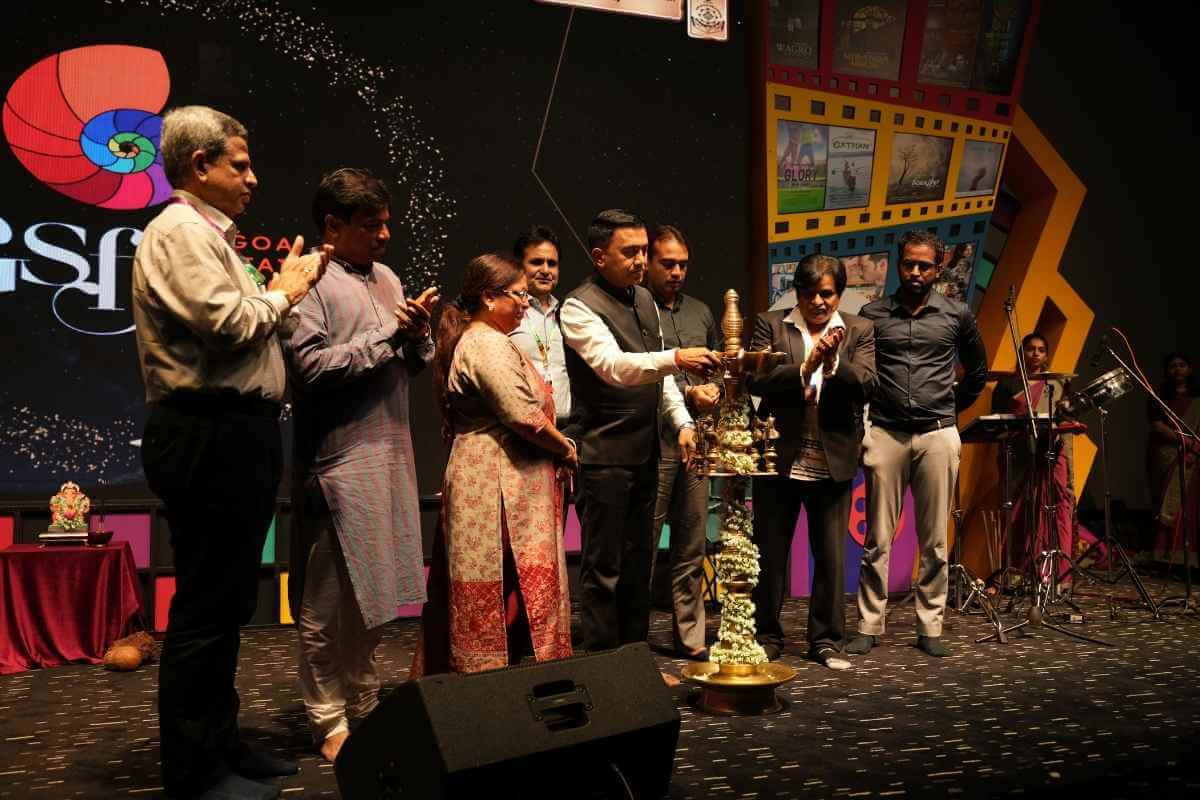


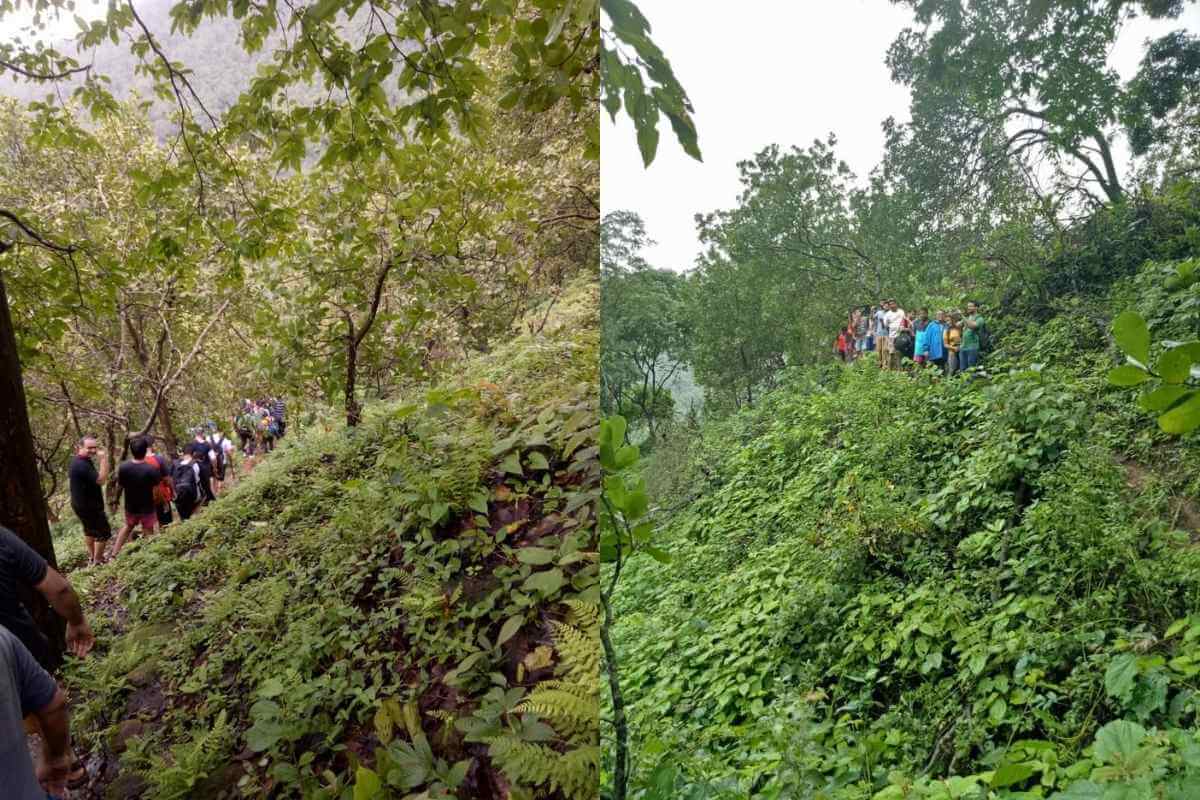










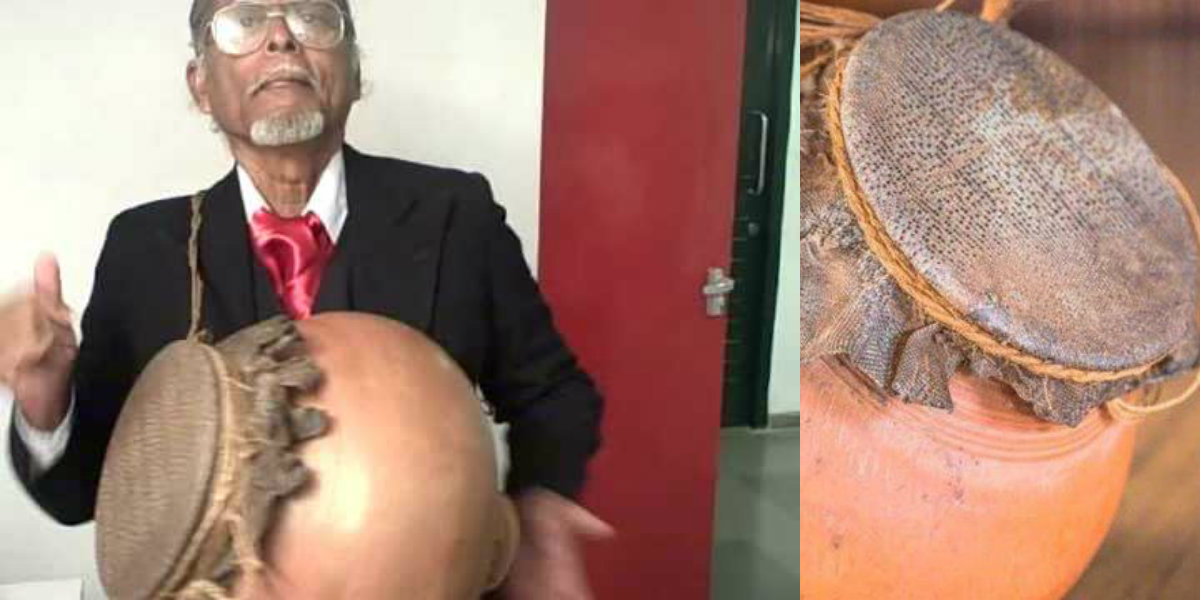
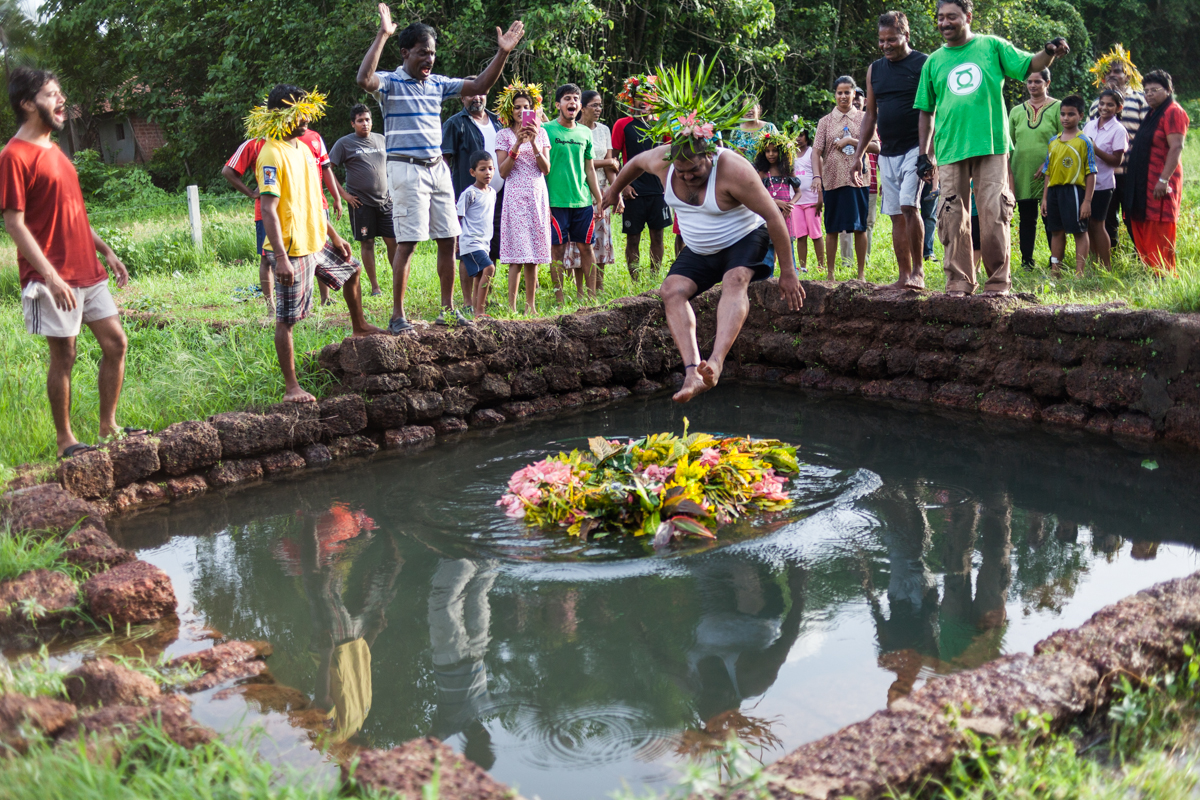


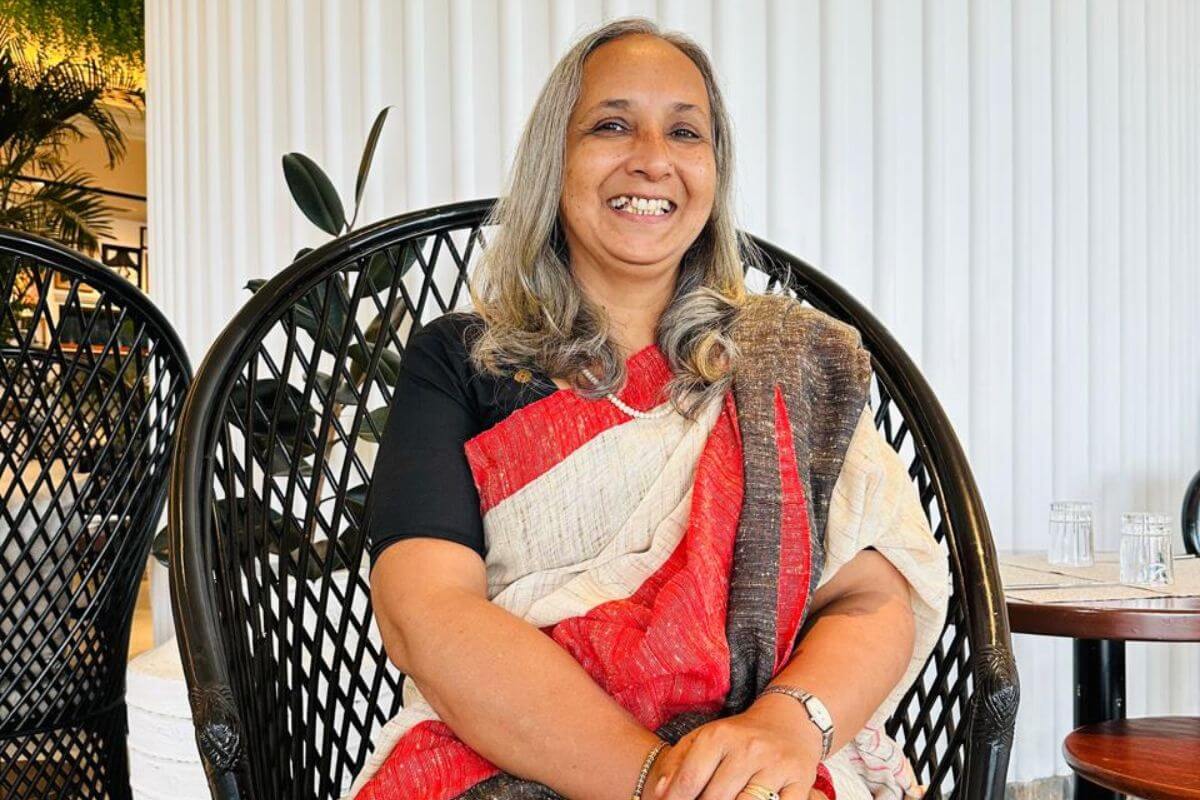





1 thought on “Everything You Wanted to Know About Goa Inquisition From the Colonial Era ”
it’s good to have history out in the open, but i feel the recent image you’ve used to “represent” mass conversion is misleading – unless you have some proof that mass conversion is happening today.